#paris salon
Text
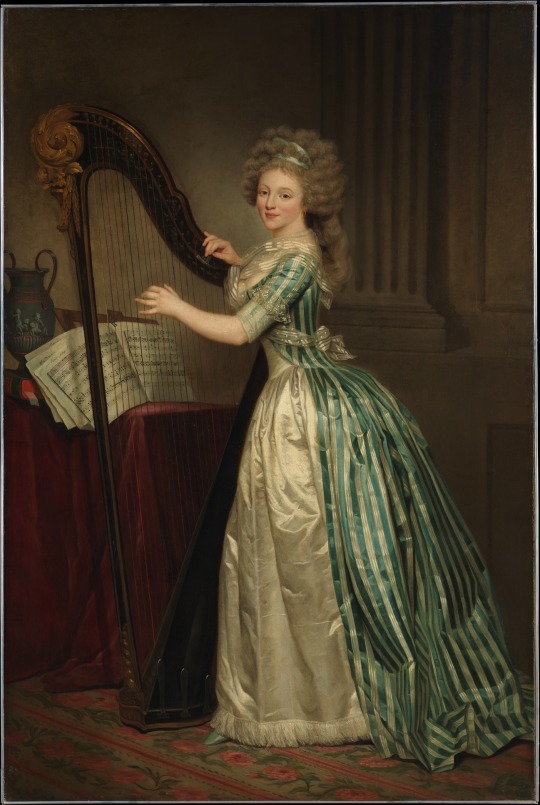
Oil Painting, 1791, French.
By Rose Adélaïde Ducreux.
Portraying the artist in a blue striped silk dress.
Met Museum.
#oil painting#painting#1791#1790s#1790s dress#1790s painting#1790s France#stripes#silk#paris salon#met museum#rose Adélaïde ducreux#french revolution#1790s hair#hair#constitutional monarchy
53 notes
·
View notes
Photo




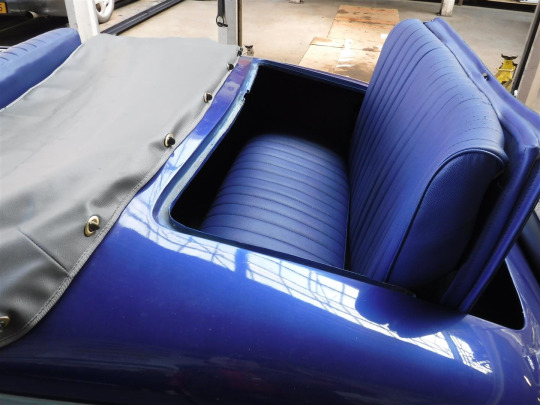

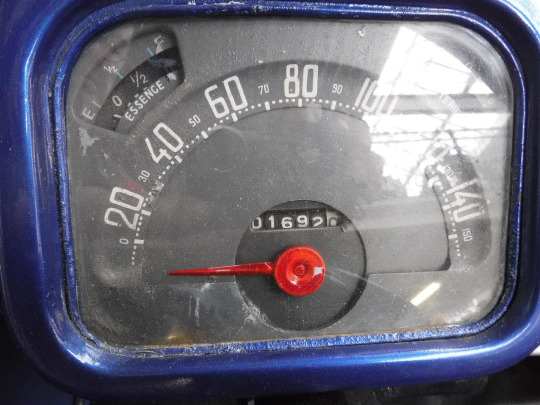
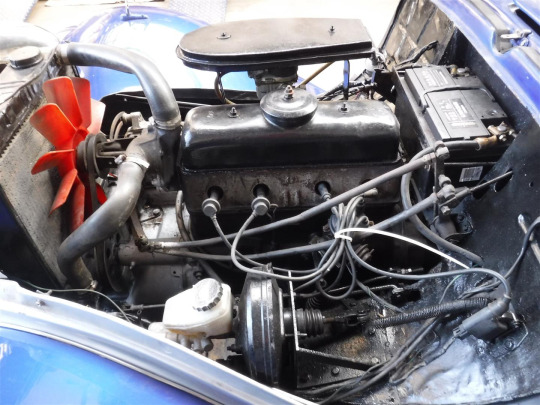
Citroen B11 (1938)
André Citroën, an engineer, set up a factory to make gearbox mechanisms with right angle bevel gears. In 1908 he took over the Mors automobile factory, managing to revive it. Thanks to his friendship with Henry Ford, he became familiar with the techniques used in the USA to produce large series. This allowed him to design and install large factories to supply war material to the French government during the First World War.
The origin of the 11 CV must be found in the conditions established by André Citroën for his engineers with a view to the new model to be developed: he wanted to manufacture a light car, weighing less than 800 kg, capable of traveling at 100 km/h, transport four passengers, and consume less than 10 liters per 100 km. The incorporation to the firm, in 1933, of the aeronautical engineer André Lefèbvre, coming from the firms Voisin and Renault, was fundamental for the development of this project. He presented the sketch of a small car with front-wheel drive and monocoque bodywork, known as Petit Voiture (PV), equipped with a 7 fiscal horsepower engine. The body design was the work of Flaminio Bertoni, an Italian designer who also created the bodies of the Citroën 2CV and the advanced DS. The project received the approval of Citroën, manufacturing the first prototypes in August 1933. On March 23, 1934 it was presented to selected dealers, being baptized as 7CV, version A. On April 18 its official presentation took place.
During the 1934 Paris Salon, Citroën, in addition to presenting the 7 CV update with its B series, announced the new 11 CV model. This vehicle, following the guidelines established by the 7 CV, had a body with a very similar monocoque design that was wider and longer, as well as front-wheel drive. The range of the 11 CV model was basically made up of the following variants: Light (AL/BL ) and Normal, manufactured between 1935 and 1939, with a power of 46 horses. Of the first 75,000 units were manufactured and of the second 40,000. The difference between the Normal and Light versions was that the former were slightly longer and wider.
#Citroen B11#André Citroën#Henry Ford#André Lefèbvre#Voisin#Renault#Paris Salon#7 CV#Flaminio Bertoni#2CV#DS
27 notes
·
View notes
Text
Natalie Clifford Barney
From my journal entry of April 20, 2015:
"My queerness is not a vice,
is not deliberate
and, harms no one."
Natalie Clifford Barney.
Poet (1910)
_______________________
Outside Bill Board. Therapy Collective on Market Street near Castro Street San Fransisco
Note:
I googled Natalie Clifford Barney. She was born in 1876 and died in 1972. She was "an American writer who hosted a literary salon at her home in Paris that brought together French and international writers. She influenced other authors through her salon and also with her poetry, plays and epigrams, often thematically tied to her lesbianism and feminism."
And, she was beautiful when she was young Her photos came up on Google. And she was out and proud and gay in 1910!
Can you imagine the push back she must have gotten.
I think that it's great that Therapy Collective included her above quote about being gay for we passerbys to see in 2015.
I agree with what she said completely.
5 notes
·
View notes
Text

Jenny Nyström (June 13, 1854 - 1946) was a Swedish artist who graduated first in her class at the Royal Academy in Stockholm and therefore won a travel stipend which allowed her to stay 4 years in Paris, exhibiting at the Salon there. From this period comes this work:
Self-Portrait, 1884 - oil on canvas (Kalmar konstmuseum)
#art#swedish artist#jenny nystrom#1880s#kalmar konstmuseum#oil on canvas#self portrait#royal swedish academy of art#paris salon
4 notes
·
View notes
Text
The parallels between the 18th century Paris Salon and modern day Hollywood are kinda wild. The whole guarded high standards, the "state" control, the obligation to being part of it if you want to be recognized, the hierarchy of it all. The main difference is the medium on display, but even that could be argued as simply being the evolution of entertainment has been from still image to moving image.
0 notes
Text

In the Troops' Quarters outside Paris by Anton von Werner
#anton von werner#art#franco prussian war#prussia#prussian#germany#german#france#paris#château de brunoy#headquarters#piano#salon#history#europe#european#war#officers#soldiers#chateau#château#fire#furniture#music#châteaux
59 notes
·
View notes
Text

Bon jour ☕️ 🥐 🍎 bon Week-end à tous
Salon de l'agriculture 🚜🗼Paris
Photo de l'AFP 1964
#photooftheday#black and white#photography#vintage#afp#paris#salon de l'agriculture#tracteur#bonjour#bon week-end#fidjie fidjie
46 notes
·
View notes
Text
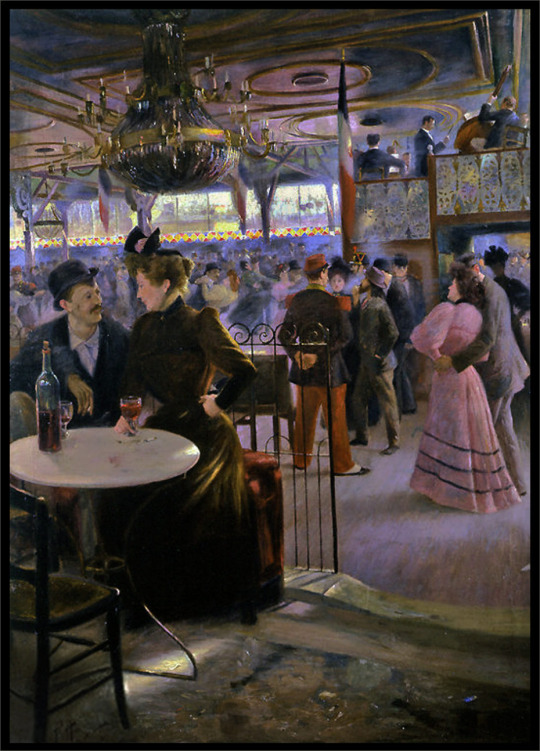
Paul Hoeniger (German, 1865 - 1924) • Moulin de la Galette • 1894
#art#fine art#painting#paintings of interiors#cabaret interior#paul hoeniger#paris salon exhibitor#genre scene#german painter#late 19th century european art#paris#art appreciation#art blogger#moulin de la galette#pagan sphinx art blog#artwork#painter#artist
73 notes
·
View notes
Text

La 2CV souffle ses 75 bougies ! Voilà 75 ans que la « Deuche » fut présentée au public, c’était le 7 octobre 1948 au Salon automobile de Paris. - source L'argus.
71 notes
·
View notes
Text
SINA ENT Weibo published the Top Icons of Fashion week on their platform. So they took into consideration recommendations from netizens & fashion industry insiders, data from four dimensions including site-wide discussion volume and hot searches during fashion week (September 8th to October 9th)
The #1 celebrity is WANG YIBO 👏🏼👏🏼👏🏼👏🏼


#wang yibo#yibo in paris#king yibo#IM SORRY YANGMI I HAD TO ERASE YOU BUT I PUT A HEART I HOPE THATS OK LOL#I LOVE THIS FOR MY BOY! a true fashion icon to the point that a couple of salons are endorsing they can give you the same hair color as yibo#i really have no salt with PFW. i’m happy that alot of fandoms got content and saw their faves#aside from yibo i enjoyed seeing my faves YANGMI DILRABA ZHAO JINMAI AND OFC MY WIFE BAILU#cheers to all the fandoms who were happy with PFW! there is no need for toxicity
73 notes
·
View notes
Text
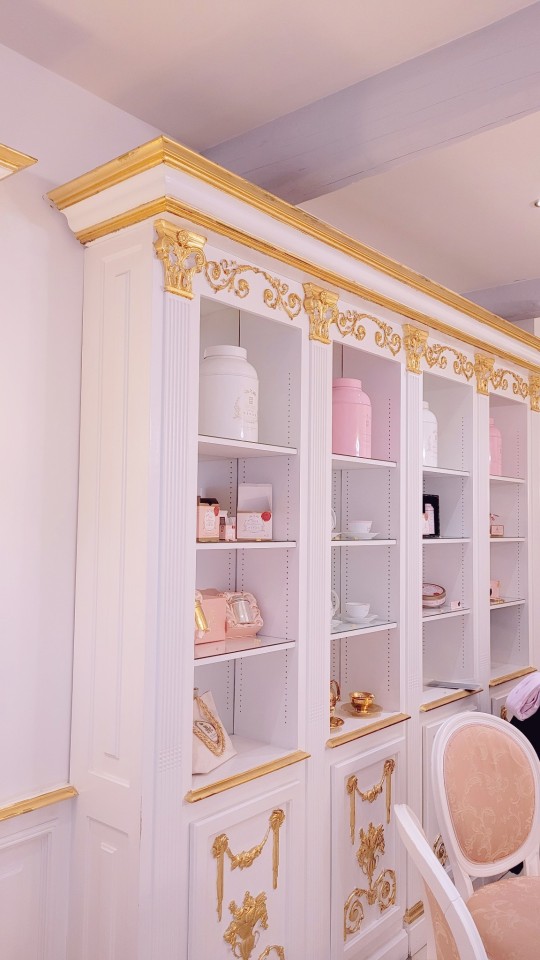





Nina's Marie Antoinette ( Paris )
⊹ 。 ゚⁖✦ ˖ ⊹ 。 ゚˖ ✧ ⊹ 。 ゚⁖ °✦
#salon de thé#roccoco#paris roccoco#marie antoinette#nina's marie antoinette#kawaii#sweet lolita#egl fashion#egl community#egl lifestyle
17 notes
·
View notes
Photo


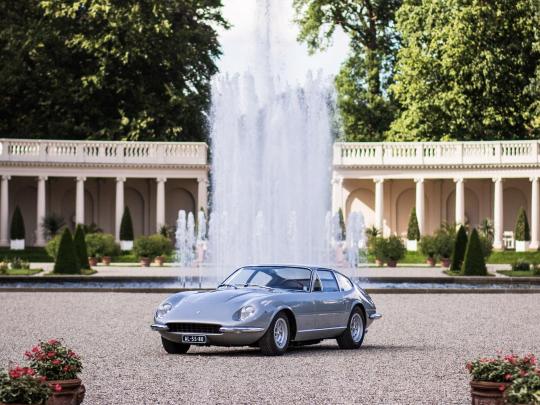



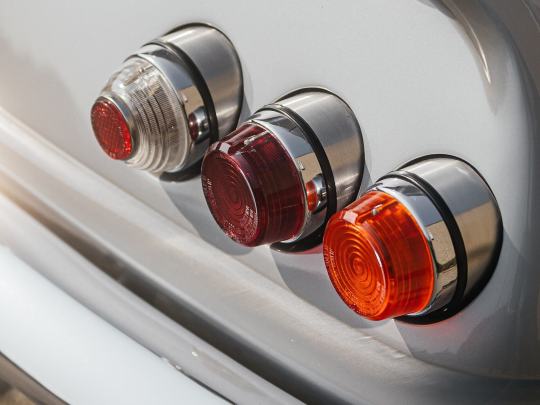
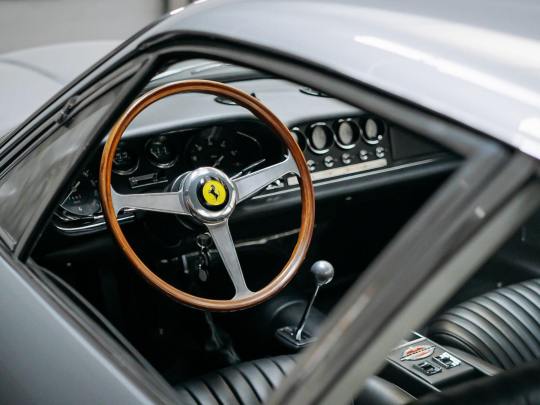


Ferrari 365 GTB/4 Daytona (very first) Prototype by Scaglietti
In the late 1960s, it seemed as if the performance car world was at a crossroads. With the introduction of Lamborghini’s P400 Miura and its revolutionary mid-engined design, some thought this design would be the future for the upper echelons of performance cars, and that front-engined cars would begin to fade from popularity.
Spurred on by the success of the Miura, Ferrari knew that the replacement of the 275 GTB/4 needed to be something spectacular and new in order to take the fight to Lamborghini. Rather than move to a mid-engined format, it was decided that the front-engined V-12 platform would remain, alongside coachwork penned by Pininfarina. Quite simply, if it works for you and your clients, why go about reinventing the wheel? After all, this is what Ferrari had built their reputation on, and there was no one better at building twelve-cylinder, front-engined GT cars than Ferrari. They were not to be outdone by this team of renegades at Lamborghini, headquartered just down the road from Maranello!
Chassis number 10287 was the genesis of that new model of Ferraris and the Scuderia’s fighting back against the Lamborghini and the Miura. At first glance to the casual observer, the car offered here seems to tread the line between a 275 GTB/4 and a 365 GTB/4 Daytona. Visual cues to both can be seen and some design elements seem to have blended together, but this car is far more than a design study to determine Ferrari’s future. A total of six 365 GTB/4 prototypes would be built, but this example, as the first, remains the most recognizable, the most unique, the most significant, and is undoubtedly the most desirable.
Chassis number 10287 is that of a Tipo 596 chassis, the same type which was used for the 275 GTB/4, made of tubular steel and a wheelbase measuring 2,400 mm (a wheelbase length shared by both 275 GTB/4 and 365 GTB/4). At its heart is a completely unique Lampredi engine, one that would not be seen in any other Ferrari road car at the time. Designated Tipo 243 internally, it is fitted with dry sump, three-valve heads rather than the usual four valves per cylinder, dual ignition, twin spark plugs per cylinder, and is topped with six Weber 40 DCN18 carburetors. The block itself is based on that of a 330 GT but has been bored out to 4,380 cc. What is worth noting about this completely unique and radically redesigned engine is that it bears similarities to the engines found in the 330 P4 prototype racers, the race car that won numerous races and earned its place in the history books after their memorable 1-2 finish with a 412 P coming in third at the 1967 24 Hours of Daytona. These racing cars also have double inlet valves with one exhaust valve per cylinder.
Aesthetically, the design in front of the windshield was similar to that of a 275 GTB/4, albeit with a slightly stretched and flattened nose, still boasting covered headlights and a bonnet with a central bulge similar to a 275 GTB/4. The shape of the tail section of the bodywork is instantly recognizable to anyone familiar with a Daytona, utilizing 275 GTB/4 boot hinges and a full-width rear chrome bumper. Chassis number 10287's side profile is most evocative of the production Daytona, and allegedly what Enzo Ferrari loved most about this particular prototype, featuring a near identical rear ¾ section and roofline. Looking at the nose and bonnet, similarities can be seen between this and Jaguar’s E-Type.
Once completed in early 1967, 10287 saw extensive factory testing at the Modena Autodrome over the course of that year. It was first registered on May 8, 1968, wearing Italian number plates ‘Roma B 85391’ through the official Ferrari dealer in Rome, Motor S.a.s. di Carla Allegretti e C, noting a sales price of 8,000,000 Italian Lira. It is interesting to note that, at the time, this was similar in price to a new 275 GTB/4, but by that time, the production version of the 365 GTB/4 Daytona had yet to be introduced, this being about five months before the 1968 Paris Auto Salon.
#Ferrari 365 GTB/4 Daytona#Prototype#Scaglietti#lamborghini p400 miura#275 GTB/4#Pininfarina#v12#Lampredi#Enzo Ferrari#Paris Auto Salon#24 Hours of Daytona
127 notes
·
View notes
Text
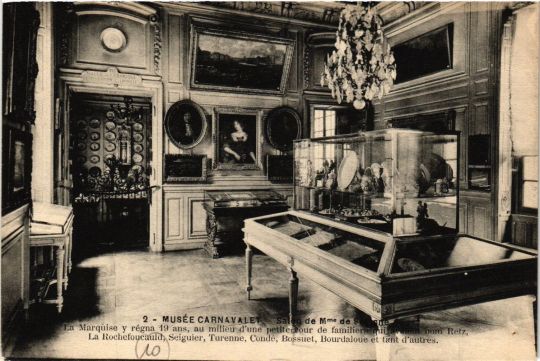
Salon in the Carnavalet Museum in Paris
French vintage postcard
#tarjeta#carnavalet#postkaart#paris#sepia#historic#photo#postal#briefkaart#photography#vintage#ephemera#ansichtskarte#old#postcard#french#museum#postkarte#salon#the carnavalet museum#carte postale
11 notes
·
View notes
Photo
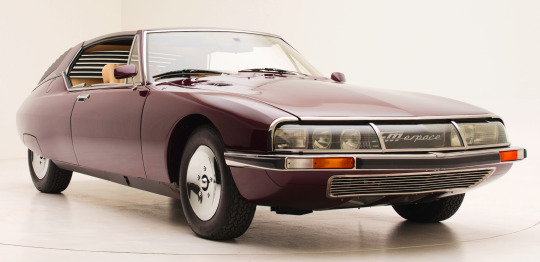
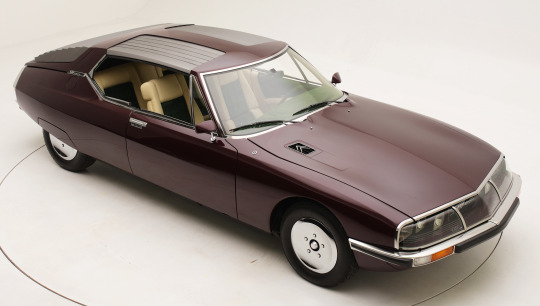



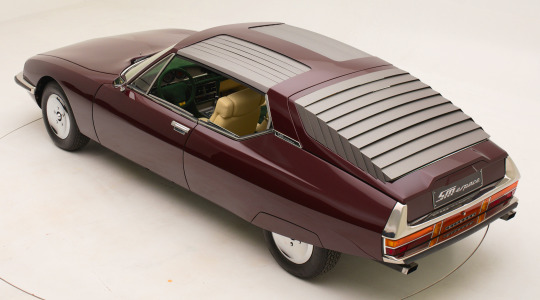
Citroën SM Espace, 1971, by Heuliez. A prototype built by the French coachbuilders and shown at the Paris Motor Show will be on display at the Salon Privé Concours d’Elégance at Blenheim Palace from August 31-September 4. The Espace used a central T-bar running between the windscreen header and rear-cabin to offer structural reinforcement, while serving as a conduit for slatted roof ‘lamellar’ sections that would retract inwards to provide open-topped motoring. The design was complemented by horizontal louvres – that ran across the SM’s long rear screen, polished-alloy wheel covers, a cream leather interior and green leather dashboard covering. Citroën decided not to productionise the car and Heuliez used the SM Espace as a demonstrator in the hopes of selling the patented roof system to other car makers. However none were interested. More recently the SM Espace has been restored back to its original 1971 Paris Motor Show configuration
#Citroën#Citroën SM Espace#Heuliez#concept#prototype#design study#coachbuilt#T-roof#restoration#paris motor show#Salon Privé Concours d’Elégance#Maserati V6#1971#1970s style#open roof#folding roof#show car
348 notes
·
View notes
Text

Intérieur de M.r C, décorateur d'appartements, Rue du Montparnasse, Paris, par Eugène Atget, 1910.
17 notes
·
View notes
Text
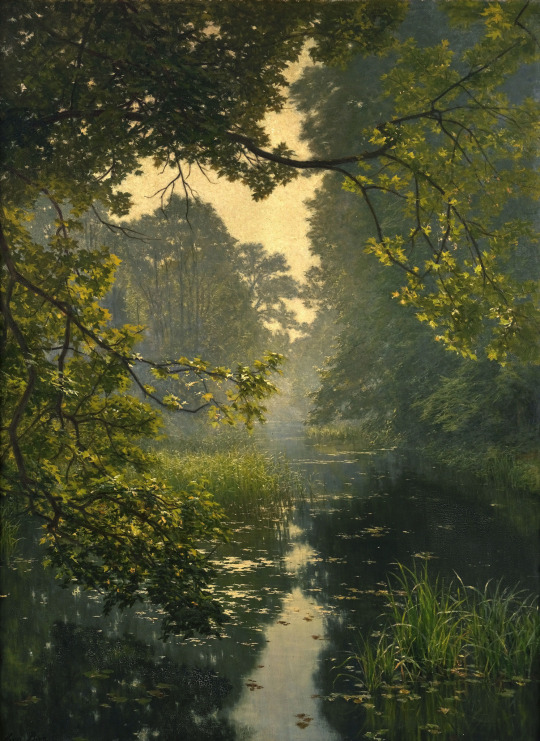
Le Matin embrumé à Villeneuve-l'Etang - Villeneuve-l'Étang embrumé
The Misty Pond of Villeneuve - Pond in the mist
by Henri Biva
This highly detailed work depicts a morning scene at the Villeneuve-l'étang park, located just outside Paris in the western suburb of Marnes-la-Coquette (Seine-et-Oise), France.
#henri biva#art#pond#ponds#mist#misty#foggy#fog#nature#landscape#trees#paris#french#france#salon de paris#europe#european#realism#realist#naturalist
316 notes
·
View notes